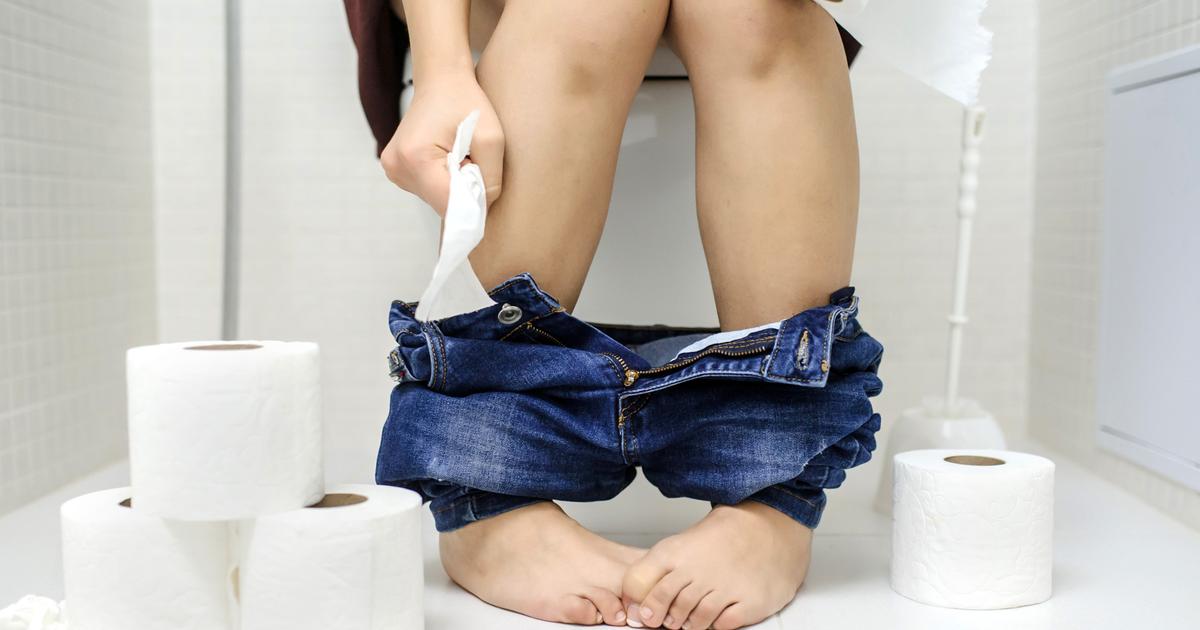With the Covid-19 pandemic, we have learned that to avoid the transmission of viruses and bacteria, we must wash our hands, wear a mask and ventilate.
But another everyday gesture would save us a lot of misery: lowering the lid on the toilet seat before flushing.
Because the latter will disperse, in the form of aerosols, the pathogens present in the water in the bowl contaminated by fecal matter.
“
It’s a known mode of transmission
in hospitals
for years.
Particularly for
bacteria resistant to antibiotics
or certain viruses, such as
noroviruses
responsible for
gastroenteritis
,” explains Gabriel Birgand, hygienist pharmacist at Chu de Nantes.
Any pathogen present in stools, such as Sar-CoV2, can potentially be transmitted in this way.
A mode of contamination that we understand better and better.
Also read: “Hygiene and safety of school toilets are among the most essential rights of children”
Plumes of particles more than a meter away
Thus in 2022, American researchers visualized, using green lasers, the propagation of droplets emitted by a toilet flush.
They found that within eight seconds of starting the toilet, the particles generated are transported up to 1.5 meters above the bowl!
“Even though we expected to see these particles, we were surprised by the force of the jet ejecting them from the bowl,”
John Crimaldi, one of the authors of the study, pointed out on
The Conversation
website .
To avoid exposure to these plumes of aerosols, the most obvious action is to close the lid before flushing the toilet.
Whether in public places or at home, and especially when a family member is sick.
But this precaution does not completely eliminate the risk, as a study recently published by the specialized journal American Journal of Control
has just demonstrated
.
Researchers from the University of Tucson, Arizona, and Reckitt Benkiser, a manufacturer of cleaning products, analyzed the spread of viruses that are non-pathogenic to humans with toilet lids open or closed.
They then collected and analyzed samples of the water from the bowl as well as the toilet surfaces, floor and walls.
They found viruses on the seats, but also on the surrounding surfaces (floors, walls), whether the lid was closed or not.
“Which is not surprising since the toilet lid is not completely airtight,”
comments Gabriel Birgand.
Also read: 4.5 billion people around the world do not have access to suitable toilets
Disinfectants necessary, but not sufficient
Reckkit Benkiser researchers also showed that adding disinfectant to the toilet bowl before flushing or using disinfectant dispensers in the toilet tank were two effective ways to reduce contamination from flushing the toilet.
The solution recommended by the cleaning product manufacturer's researchers is therefore to disinfect the toilets regularly, even systematically.
But as Gabriel Birgand reminds us,
“the use of biocidal products must be done sparingly.
The most effective way to prevent transmission through contaminated surfaces is hand washing
.
Washing your hands with soap and water (or hydroalcoholic gel) after using the toilet will help eliminate germs.
To be effective, it is recommended to scrub hands and fingers vigorously with soapy water for 20 to 30 seconds, including under the nails.

